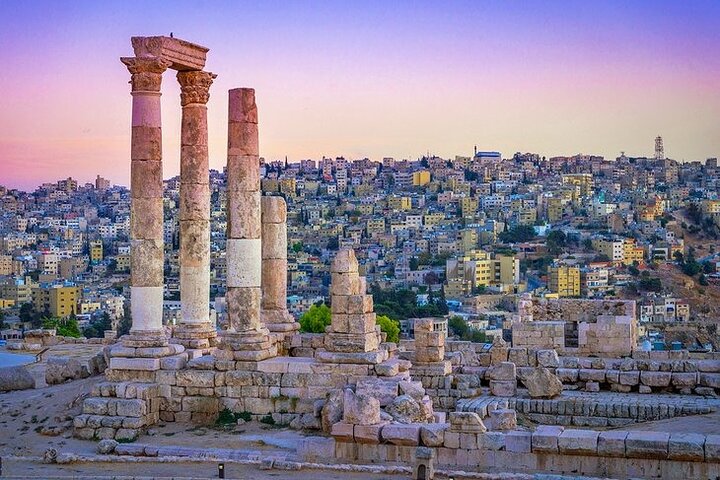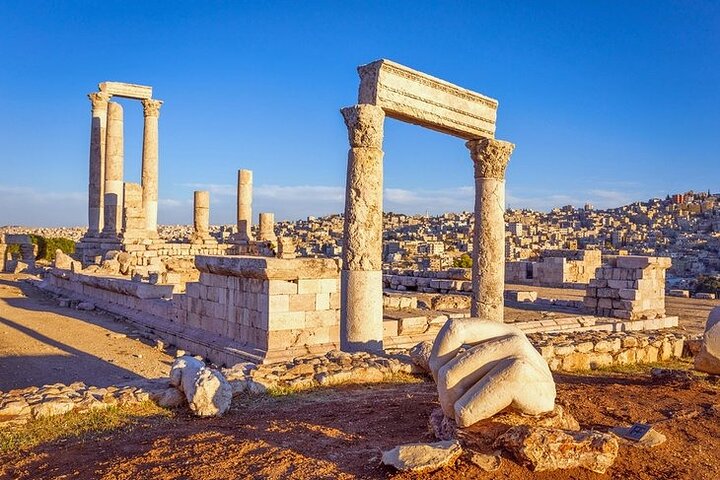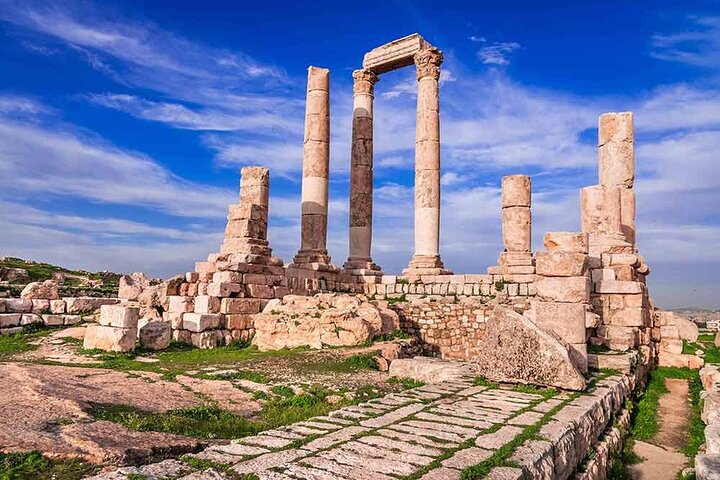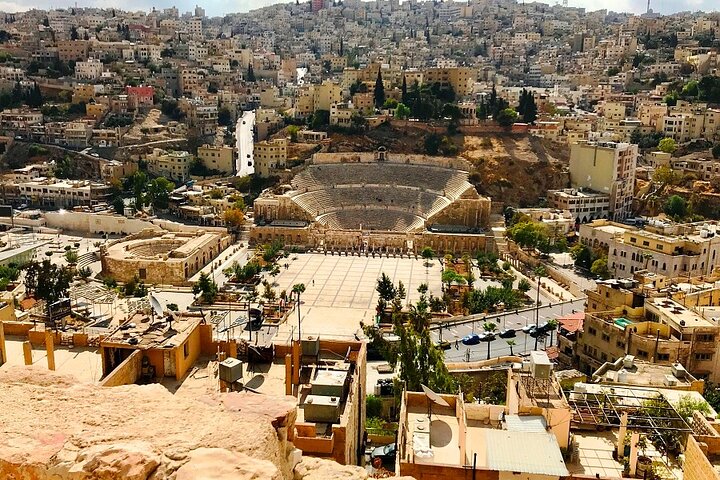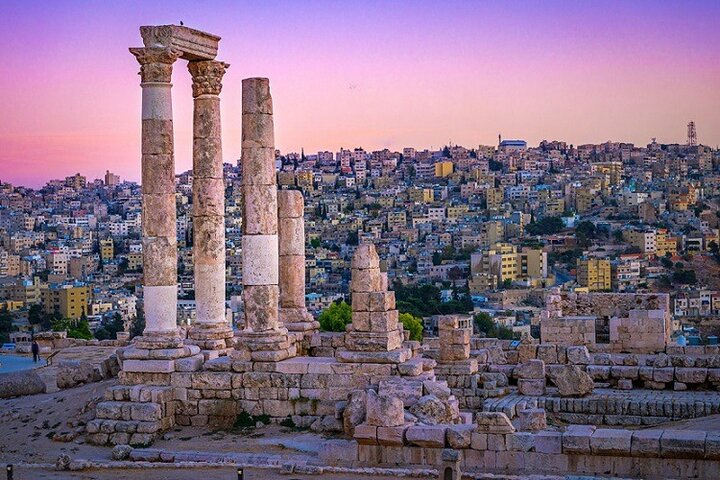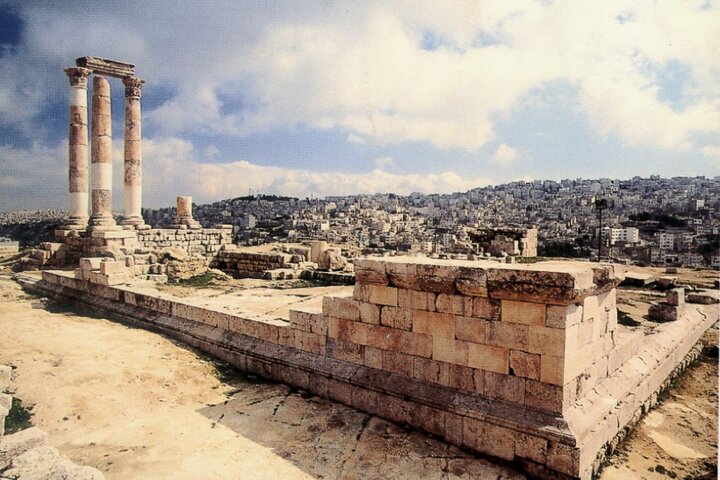Exploring the Spiritual Tapestry of Jordan’s Desert Castles
Drawn by the allure of ancient tales, I embarked on a journey to Jordan’s desert castles, eager to explore the Umayyad sites. The experience promised a rich tapestry of history and spirituality, weaving together the past and present in a profound pilgrimage.
A Journey Through Time: The Desert Castles of Jordan
The allure of Jordan’s desert castles had long beckoned me, whispering tales of ancient empires and spiritual journeys. As a scholar of Islamic history, the Umayyad sites promised a rich tapestry of stories waiting to be unraveled. Setting out from Amman, I embarked on a full-day private tour to explore these historical gems, each a testament to the region’s vibrant past.
Our journey began with the Qusayr Amra, a UNESCO World Heritage site renowned for its 8th-century frescoes. As I wandered through its halls, the vivid depictions of early Islamic life painted a picture of a world where art and spirituality intertwined. The frescoes, with their hedonistic scenes, offered a glimpse into the Umayyad era’s cultural nuances, challenging the often austere perceptions of early Islamic art. It was a reminder of the diverse expressions of faith and culture that have shaped the Islamic world.
The drive through the desert plains was a meditative experience, the vastness of the landscape echoing the boundless nature of history itself. Our guide, a wellspring of knowledge, enriched the journey with tales of the castles’ past, weaving a narrative that connected the ancient with the present. Each castle, from Qasr Kharana to Qasr al-Azraq, stood as a silent witness to the passage of time, their stones holding stories of rulers, traders, and travelers who once walked these lands.
The Spiritual Resonance of Qasr al-Azraq
Qasr al-Azraq, with its strategic location near a vital oasis, was a highlight of the tour. The fortress, famously used by T.E. Lawrence during World War I, resonated with a sense of historical significance. As I stood within its walls, I felt a connection to the countless souls who had sought refuge and purpose here. The castle’s robust architecture, built from local basalt, spoke of resilience and adaptation, qualities that have defined the region’s people for centuries.
The nearby tea tent offered a moment of reflection, a chance to savor the present while contemplating the past. Sipping on traditional mint tea, I pondered the spiritual journeys of those who had traversed these lands before me. The desert, with its stark beauty, has long been a place of introspection and revelation, a backdrop for the soul’s quest for meaning.
Our guide’s insights, coupled with the informative plaques at each site, provided a comprehensive understanding of the castles’ historical and cultural contexts. The blend of guided exploration and personal discovery allowed for a deeper connection to the sites, each visit a pilgrimage of sorts, enriching my understanding of the Umayyad legacy.
A Culinary and Cultural Tapestry
The journey was punctuated by a delightful lunch at a local restaurant, where the flavors of Jordan came alive in a feast for the senses. The meal, a harmonious blend of spices and textures, was a testament to the region’s rich culinary heritage. Sharing this experience with fellow travelers added a communal aspect to the journey, a reminder of the shared human experience that transcends time and place.
As we continued our exploration, the castles of Qasr al-Hallabat and Umm el-Jimal revealed their own unique stories. Qasr al-Hallabat, with its Roman origins and Greek inscriptions, highlighted the region’s historical layers, a palimpsest of cultures and civilizations. Umm el-Jimal, once a bustling trade hub, stood as a testament to the enduring spirit of commerce and connection that has long defined the Middle East.
Reflecting on the day’s journey, I was struck by the profound sense of continuity that permeated the experience. The desert castles, with their storied pasts, offered more than just a glimpse into history; they provided a space for spiritual reflection and cultural appreciation. This journey through Jordan’s desert castles was not just a tour, but a pilgrimage—a journey of the soul, connecting the past with the present, and enriching my own spiritual path.
































